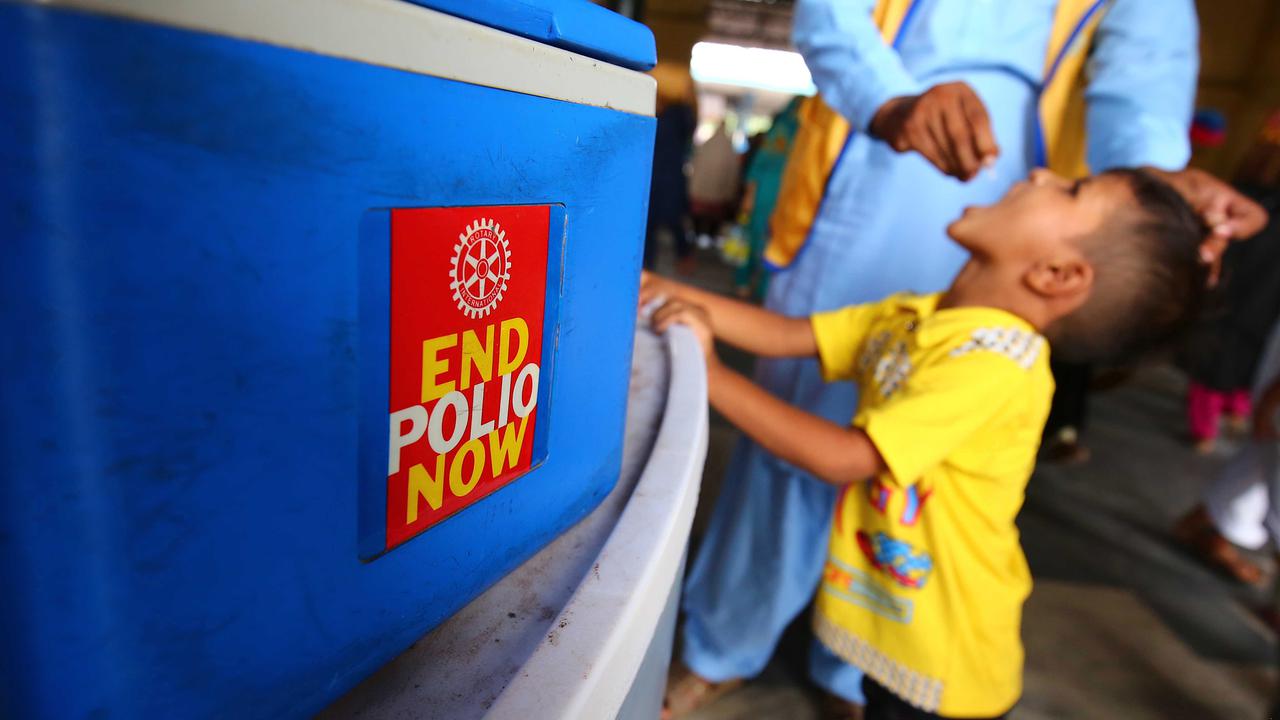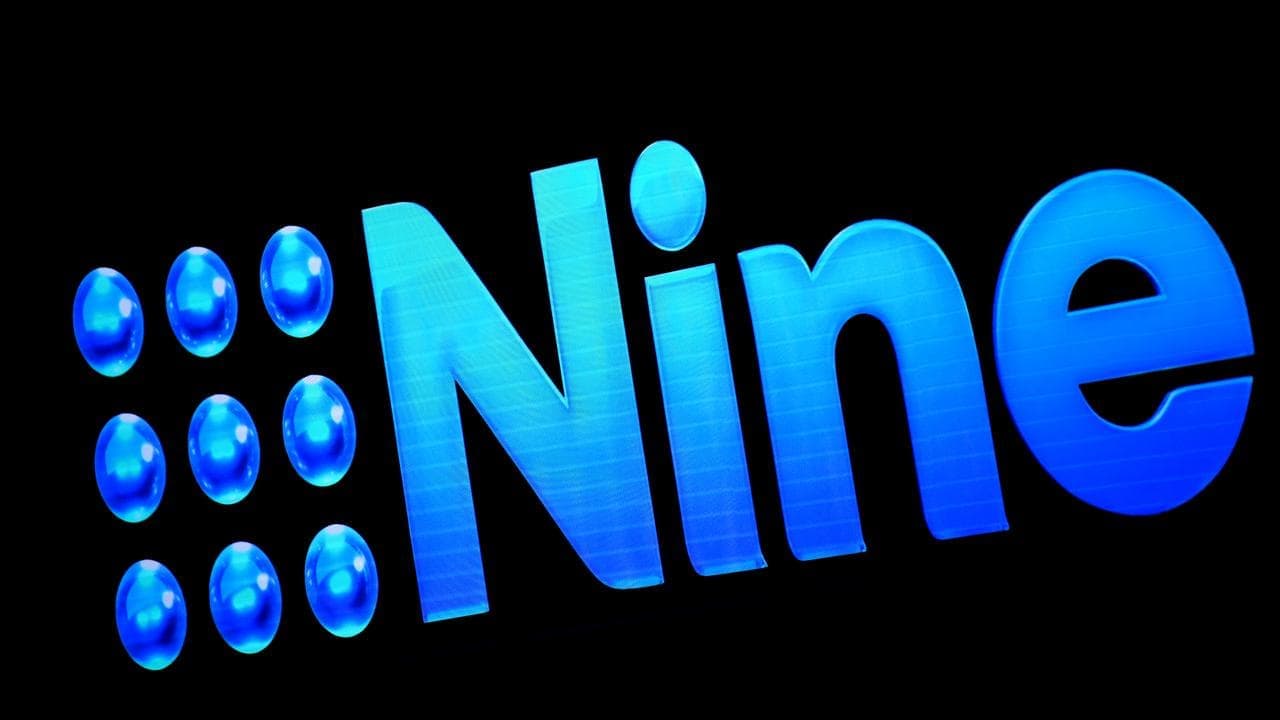A post by an Australian Facebook user suggests polio is not caused by a virus but rather "industrial poisons", going on to say that the disease should be treated with antitoxins rather than relying on vaccination.
However, the claims are not true. It has been known that polio is caused by a virus for more than a century, and vaccines have been effective at preventing the disease to the point where it has been eliminated from most parts of the world.
Poliomyelitis, commonly known as polio, is an infectious disease that mainly affects young children, leading to irreversible paralysis - and in some cases death - among some sufferers.
The disease is thought to have been around for thousands of years; an inscription of a man with a withered leg on a 2400-year-old Egyptian tomb is commonly said to show a polio victim. However, polio epidemics did not occur until the 19th century, and the first major outbreaks involving thousands of cases did not occur until the 20th century.
In 1907, Swedish scientist Ivar Wickman was the first to provide detailed evidence that polio cases were infectious. The following year, Karl Landsteiner and Erwin Popper showed polio was caused by a virus after taking the spinal cord fluid from a person who had died from polio and putting it through a filter that prevented bacteria from passing through.
The fluid was then injected into monkeys, which developed polio. This provided proof that polio wasn't caused by bacteria but by the poliovirus.
A number of discoveries were subsequently made, including how to cultivate the virus and its different strains, while in the early 1950s the first detailed image of the virus was taken using an electron microscope.
In 1954, the first vaccine to combat the virus was developed for widespread use. Jonas Salk's inactivated poliovirus vaccine, was created using a "killed virus" to induce protective antibodies in the vaccinated. The trials of the Salk vaccine in the US were among the largest ever undertaken at the time, involving 623,972 children. The injectable vaccine was found to be 80-90 per cent effective in preventing paralytic poliomyelitis.
An oral poliovirus vaccine, which used a weakened live virus, was developed by Albert Sabin in the 1950s and trialled in the Soviet Union. Dr Sabin's oral vaccine was later adopted by the US and the World Health Organisation (WHO) and became the most commonly used polio vaccine worldwide.
After the vaccine rollouts, polio cases plummeted and by the early 1970s there were fewer than 25 cases a year on average in the US.
In Australia, the Salk polio vaccines were first distributed in 1956, while Dr Sabin's oral vaccine was first used in 1966. The country's last case of wild polio was in 1972, and the country was officially declared free of the disease in 2000.
In 1988, the WHO proposed to eradicate polio through a global vaccination campaign and since then cases have decreased to fewer than 100 per year, preventing an estimated 18 million cases of paralysis. Wild poliovirus is now only endemic in two countries, Pakistan and Afghanistan.
AAP FactCheck was unable to find any credible evidence that antitoxins are effective at treating or preventing polio. However, the suggestion echoes longstanding but debunked claims that poisoning due to the synthetic insecticide DDT was the true cause of polio.
The US Centers for Disease Control and Prevention (CDC), WHO, Australia's Department of Health and New Zealand's Ministry of Health all state there is no cure or treatment for polio and vaccines are the only effective way to prevent the disease.
University of Minnesota emeritus professor of neurology Gareth Parry contracted polio as a child and is an expert on post-polio syndrome. He told AAP FactCheck there is clear evidence that polio is caused by a virus and no evidence that there is a toxin that causes polio or that polio can be treated using antitoxins.
"There is no question at all that polio is caused by a virus and there is no way of treating it - the only way is to prevent it by vaccination," he said during a phone interview.
"We can identify the virus, it occurs in epidemics, it meets all of Koch's postulates for an infectious disease, you can isolate the virus from stool samples and see changes in the central nervous system in the spinal fluid showing clear cut inflammation which toxins don't cause. You can actually transmit it to animals in experiments. It's a dead issue. This is a viral disease."
University of Melbourne professor Joan McMeeken said the claim in the post was "another example of misinformation", adding "there is no evidence that antitoxins are effective against polio either as prevention or treatment".
"As one of the first people to be vaccinated with the Salk vaccine in Victoria and the daughter of a physiotherapist who treated hundreds of people with paralytic polio, I am extremely grateful that vaccines have almost rid the world of polio," she said.
Gordon Jackman, who contracted polio as an infant, is a member of Polio Australia's clinical advisory group. He said there is no doubt that polio is caused by a virus, and there is no known treatment for those infected.
"Nothing has been found to treat it," Mr Jackman said in a phone interview. "Once you have it you've killed nerve cells. You can't simply revive them with an antitoxin, that's just ridiculous."
Similar claims about polio and the effectiveness of vaccines have been previously debunked.
The Verdict
Poliomyelitis was shown to be caused by the poliovirus more than a century ago, and since then the virus has been photographed and isolated. There is no credible evidence that antitoxins are effective at treating or preventing polio, while the wild virus has been eradicated from most countries after successful vaccination programs.
False – The claim is inaccurate.
AAP FactCheck is an accredited member of the International Fact-Checking Network. To keep up with our latest fact checks, follow us on Facebook, Twitter and Instagram.












